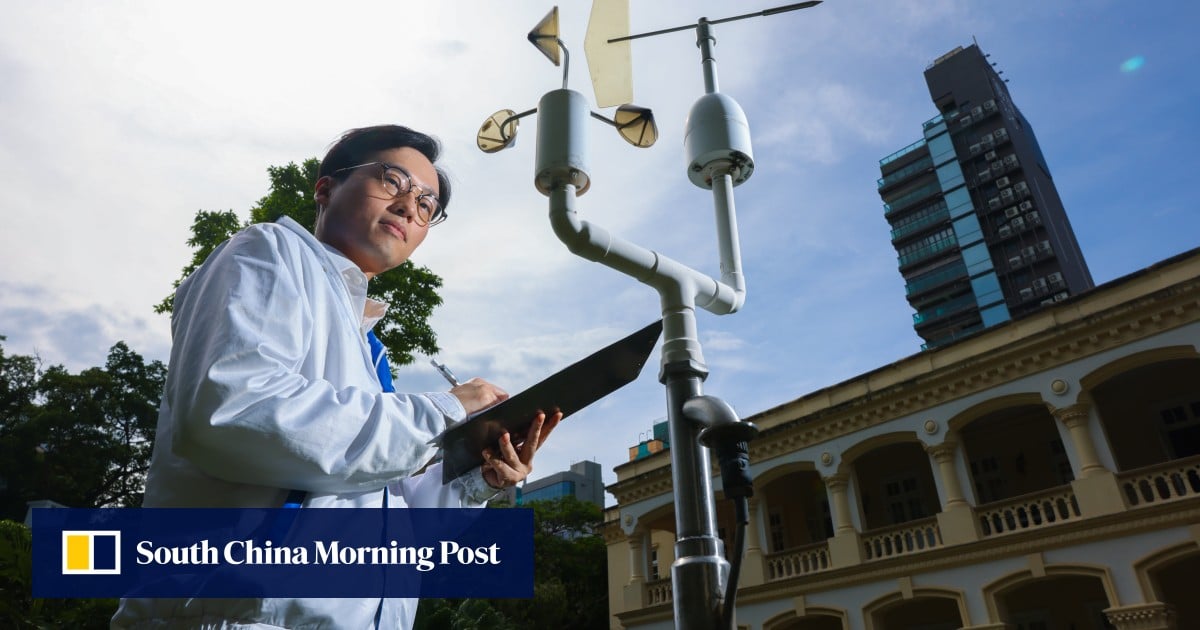In an exclusive tour of the Hong Kong Observatory’s “war room”, or central forecasting office, the Post learned how scientists monitor the weather around the clock and integrate information from computer models and other sources into preparations for the approaching storm.
“The current generation of AI models relies on approximately 40 years of global reanalysis data [for training],” Lo Ka-wai, a scientific officer at the Observatory, said.
“By learning from this extensive dataset, the AI models can identify the patterns and relationships of weather evolution, which can then be used to predict future weather changes.”
Last month, Hong Kong narrowly missed its first No 8 typhoon signal this year. Tropical cyclone Wutip, which is named after the Cantonese word for “butterfly”, made an unexpected turn, sparing the city a direct hit.
The Observatory revealed that AI at the time had offered a more accurate prediction of Wutip’s trajectory, outperforming traditional numerical weather models that had resulted in significant discrepancies.


